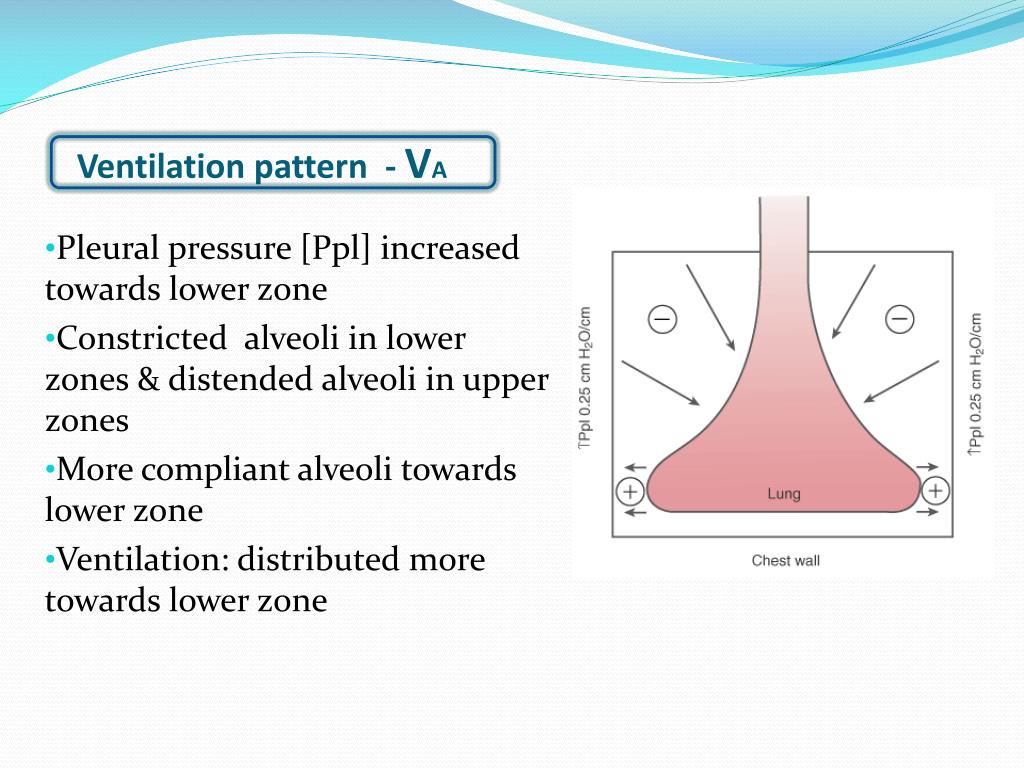


Sampling ports for gas analysis were connected at a right-angled endotracheal tube adaptor. The HME was placed between the tube connector and the Y piece of the circuit. We used one size of pediatric HME (Humidi-filter®, Acemedical, South Korea) with an internal volume of 22 ml. First, we connected the pediatric HME in the breathing circuit for 15 minutes for stabilization (1). During the study period, the ventilation setting was not changed. The frequency of ventilation was 20/min for 0-5 kg, 18/min for 5-10 kg, 16/min for 10-15 kg, 14/min for 15-20 kg or 12/min for 20-30 kg. Ventilatory settings were: tidal volume (Vt) of 10 ml/kg, frequency of 12-20/min depending on weight and an I/E ratio of 1 : 1.5 or 1 : 2 (freq < 14/min). Patients were hydrated with lactated Ringer's solution. During the study, the heart rate (HR), mean arterial blood pressure (MAP) and oxygen saturation (SpO 2) were monitored continuously. A 24 G catheter was inserted into the radial artery for invasive blood pressure monitoring. Endotracheal intubation was conducted and the patients were ventilated with FiO 2 0.5 and sevoflurane in the supine position. The lungs were ventilated manually with 6 L/min of 100% oxygen and 6 vol% sevoflurane using a rebreathing circuit (Primus©, Draeger Medical, USA) and rocuronium 0.6 mg/kg was administered. After loss of consciousness, the patients were delivered to the operating room. The patients were administered 1 mg/kg of ketamine and 5 ug/kg of glycopyrrolate in the preanesthetic room.


 0 kommentar(er)
0 kommentar(er)
